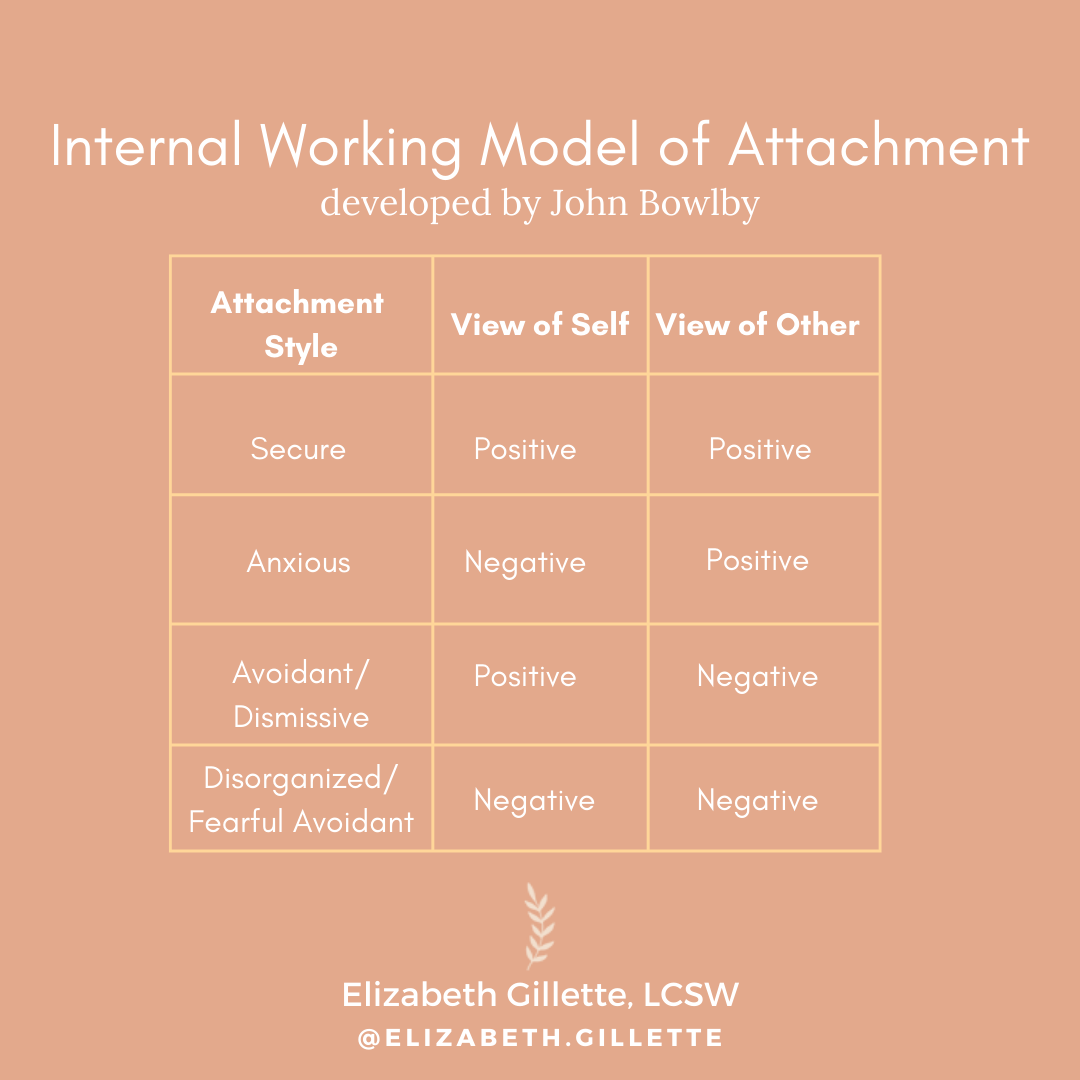Are you projecting your old wounding on to new people?
Hi there!
I’ve been thinking a lot about how our old relationship patterns show up over and over again in our lives, and how we have opportunity after opportunity to heal those patterns with new people. I see it every day in myself and the people around me (and once you see it, you can’t unsee, so get ready!).
Our internal working model is the relational blueprint that we created when we were very young and it is based on our experience of our relationship with our primary caregiver. This model informs how we feel about not only our relationships with other people, but how we feel about ourselves.
If our caregiver was responsive, caring, kind, and compassionate toward us, we learn that relationships are safe and we are good.
If our caregiver was inconsistently responsive, overwhelmed, or stressed, it’s likely we will feel anxious in our relationships because we couldn’t count on our caregiver meeting our needs with regularity, and we can experience anxiety and a deeply rooted feeling that we are not good enough or not lovable.
If our caregiver was unresponsive, rejecting, harsh, or had very high expectations of what we were able to do on our own (for example, self-soothing when we were tiny infants), we will learn that relationships and others are not safe or welcoming.
And finally, if we had a caregiver who was violent, erratic, or unpredictable due to mental health challenges, substance use, or past trauma, our attachment and survival systems must compete. We need our caregiver to survive (because babies can’t survive without someone older to care for them) and they are also not safe to be around, but there is nothing we can do. We are at the mercy of our caregiver and we must learn to protect ourselves emotionally, usually by dissociating or leaving our minds or bodies.
Our internal working models stay with us throughout our lives because they are the earliest mental representations we have for relationships. We develop other models for interacting as well, but these early models really stick with us and can show up often in our relational patterns. For example, if you are in relationship with someone whose behaviors are similar to those of your mother, you will likely find yourself relating to them in a way that is similar to your relationship with your mother, even if your relationship with this new person does not have the same type of history. Even if you’ve just met someone, you can feel a sense of familiarity that is not congruent with the history of this current relationship.
Does this mean that you are forever destined to relate in the same way you did with your primary caregiver? Definitely not! But it does take a high level of awareness and internal space to be able to notice when your behaviors are rooted in an old pattern instead of the present moment. These working models set us up to be able to predict what is going to happen in relationships and therefore keep ourselves safe. They serve an important purpose. Shifting our relational patterns requires a deep sense of safety and trust in our environment and the people who surround us. If this is something you are ready to work on, I definitely recommend solid support. This is one of those shifts that we just can’t do alone (even if your style is to be as independent as possible, which may give you some insight into your attachment type :)).
Every relationship is an opportunity for healing. We can support each other in understanding what belongs to the other person and what belongs to us, and we can work together to create a new framework that feels safe. We could all us more compassion and care, loving accountability, and honest conversations about what healing really looks like.
Thank you as always for being here with me.
Warmly,
Elizabeth


